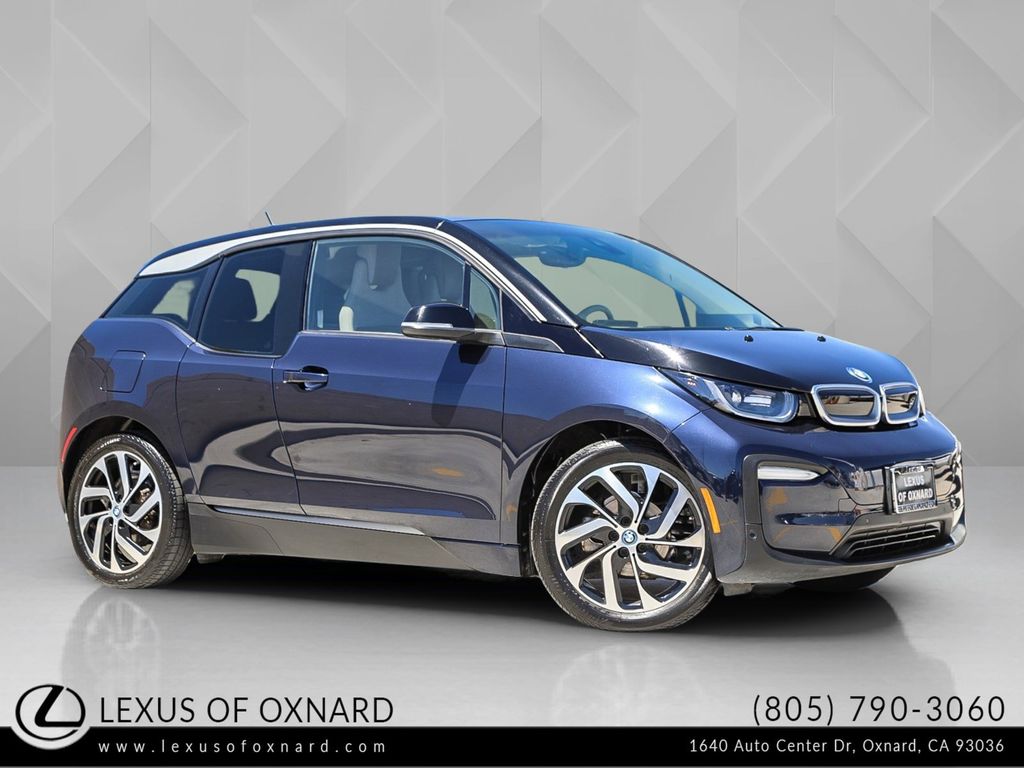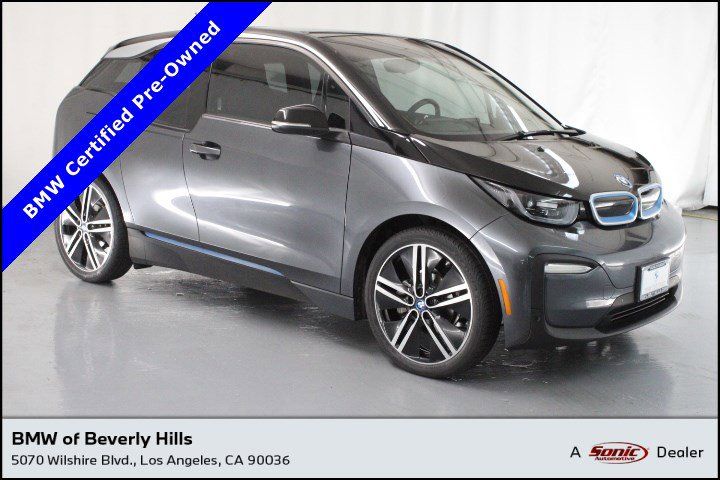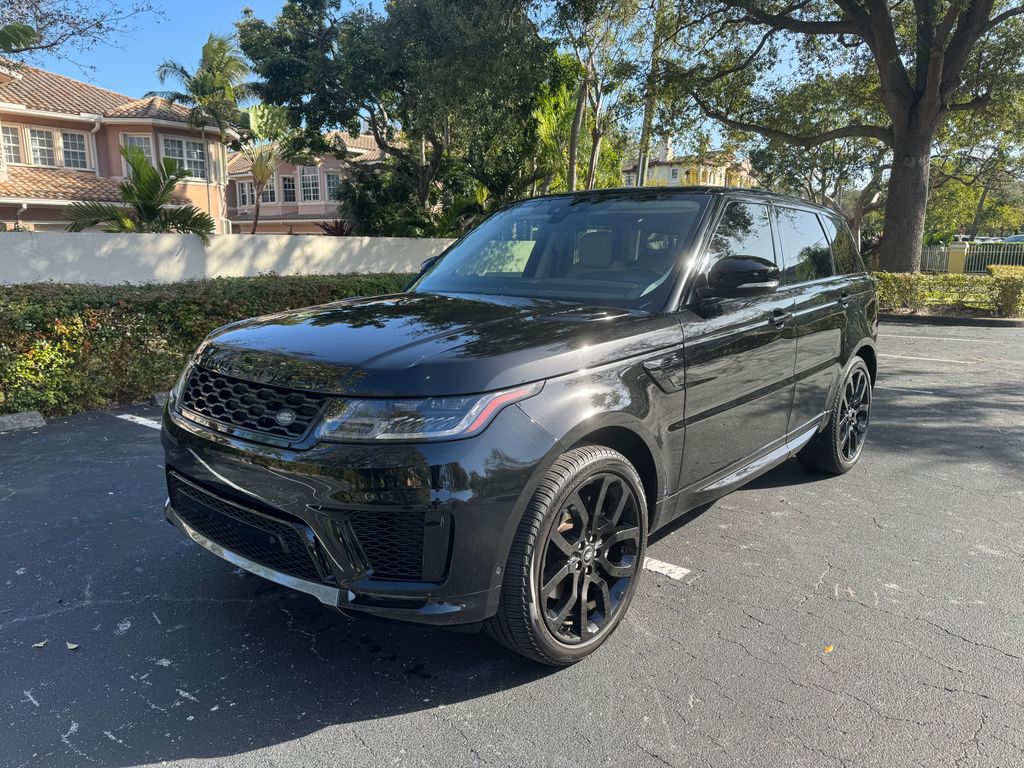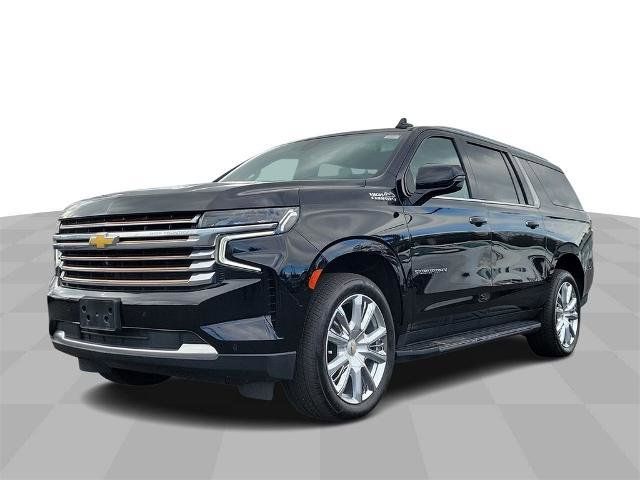
2020 BMW I3VIN: WBY8P4C00L7G64247
Historical Records
Titled or registered as lease vehicle
REBUILT TITLE ISSUED
| Year | 2020 |
| ODO | 9227 mi |
| Seller | Hidden text (Hidden text) |
| Location | San Francisco, CA, 94103 |
| Date | appeared 7 months ago latest price $1427 sale post disappeared 2023-05-06 |
| Sale Website Type | classifieds |



| Color | Capparis White W/Bmw I Frozen Blue Accent Exterior |
| Transmission | Single-Speed Transmission |
| Drive | 2 wheel drive - rear |
| Year | 2020 |
| ODO | 4977 mi |
| Seller | Hidden text (Hidden text) |
| MSRP | $1425 |
| Location | San Francisco, CA, 94103 |
| Date | appeared 7 months ago latest price $2624 sale post disappeared 2023-12-12 |
| Price History | |
| Sale Website Type | classifieds |
| Notes | |
| Hidden text | |



| Body Style | Hatchback |
| Color | White |
| Color (Interior) | Deka Dark |
| Transmission | 1-Speed Automatic |
| Engine | Electric |
| Drive | Rear-wheel Drive |
| Fuel Type | Electric |
- 1 USB port
- 8233
- Adaptive Cruise Control
- Hidden text
- Automatic Headlights
- Hidden text
- Brake Assist
- Hidden text
- Cloth seat upholstery
- Hidden text
- Digital Audio Input
- Hidden text
- Dual illuminated vanity mirrors
- Hidden text
- Four-wheel independent suspension
- Hidden text
- Fuel Capacity: 2.3 gal.
- Hidden text
- Heated windshield washer jets
- Hidden text
- Keyless Start
- Hidden text
- Metal-look dash trim
- Hidden text
- Passenger Air Bag
- Hidden text
- Power remote w/tilt down passenger mirror adjustment
- Hidden text
- Rear Leg Room: 31.9"
- Hidden text
- Regular front stabilizer bar
- Hidden text
- Self-leveling headlights
- Hidden text
- Suspension class: Regular
- Hidden text
- Tires: Speed Rating: Q
- Hidden text
- Variable intermittent front wipers
- Hidden text
- 4 Door
- Hidden text
- Ambient lighting
- Hidden text
- Auxiliary Audio Input
- Hidden text
- Bucket Front Seats
- Hidden text
- Compass
- Hidden text
- Driver Air Bag
- Hidden text
- Electric Motor
- Hidden text
- Front Head Room: 39.6"
- Hidden text
- Hard Disk Drive Media Storage
- Hidden text
- Instrumentation: Low fuel level
- Hidden text
- LED low/high beam projector beam headlights
- Hidden text
- Multi-Link Rear Suspension
- Hidden text
- Passenger Vanity Mirror
- Hidden text
- Privacy glass: Light
- Hidden text
- Rear Spoiler
- Hidden text
- Remote power door locks
- Hidden text
- SiriusXM Satellite Radio
- Hidden text
- Tilt and telescopic steering wheel
- Hidden text
- Traction Control
- Hidden text
- Wheel Diameter: 19
- 6512
- ABS
- Hidden text
- Audio controls on steering wheel
- Hidden text
- Bluetooth
- Hidden text
- Climate Control
- Hidden text
- Curb weight: 3,276 lbs.
- Hidden text
- Driver And Passenger Heated-Cushion, Driver And Passenger Heated-Seatback
- Hidden text
- Floor Mats
- Hidden text
- Front ventilated disc brakes
- Hidden text
- Heated Seats
- Hidden text
- Interior air filtration
- Hidden text
- Lithium ion motor battery
- Hidden text
- Overall height: 62.9"
- Hidden text
- Power Steering
- Hidden text
- Rear Defrost
- Hidden text
- Rear bench
- Hidden text
- Seatbelt pretensioners: Front and rear
- Hidden text
- Stability Control
- Hidden text
- Tires - Rear All-Season
- Hidden text
- Type of tires: AS
- Hidden text
- 4-Wheel Disc Brakes
- Hidden text
- Anti-Theft Alarm System
- Hidden text
- Auxilliary engine cooler
- Hidden text
- Cargo area light
- Hidden text
- Cruise Control
- Hidden text
- Driver Illuminated Vanity Mirror
- Hidden text
- Electrochromatic rearview mirror
- Hidden text
- Front Leg Room: 40.5"
- Hidden text
- Headlights off auto delay
- Hidden text
- Integrated Navigation System : Yes
- Hidden text
- Leather Steering Wheel
- Hidden text
- Navigation System
- Hidden text
- Passenger reverse tilt mirror
- Hidden text
- Radio data system
- Hidden text
- Rear view camera
- Hidden text
- Remote window operation
- Hidden text
- Smart Device Integration
- Hidden text
- Tire Pressure Monitor
- Hidden text
- Transmission hill holder
- Hidden text
- Wheel Width: 5.5
- 4721
- A/C
- Hidden text
- Apple CarPlay
- Hidden text
- Back-Up Camera
- Hidden text
- Center Console: Partial with storage
- Hidden text
- Cupholders: Front and rear
- Hidden text
- Driver airbag
- Hidden text
- External temperature display
- Hidden text
- Front Side Air Bag
- Hidden text
- Heated Mirrors
- Hidden text
- Integrated Roof Antenna
- Hidden text
- Left rear passenger door type: Reverse opening
- Hidden text
- Overall Width: 69.9"
- Hidden text
- Power Mirror(s)
- Hidden text
- Rain sensing front wipers
- Hidden text
- Rear area cargo cover: Rigid
- Hidden text
- Satellite Radio
- Hidden text
- Speed-proportional electric power steering
- Hidden text
- Tires - Front All-Season
- Hidden text
- Turn signal in mirrors
- Hidden text
- WiFi Hotspot
| Year | 2020 |
| ODO | 2295 mi |
| Condition | Hidden text |
| Seller | Hidden text |
| Location | San Francisco, CA, 94103 |
| Date | appeared 8 months ago latest price $2729 |
| Sale Website Type | classifieds |
| Notes | |
| Hidden text | |
| Body Style | Hatchback |
| Color | White |
| Color (Interior) | Gray |
| Transmission | Automatic |
| Engine | Unspecified |
| Cylinders | Electric |
| Drive | RWD |
| Fuel Type | Electric |
- Alloy Wheels
- Hidden text
- Driver Assistance Package
- Hidden text
- Navigation System
- Hidden text
- Technology Package
- Adaptive Cruise Control
- Hidden text
- Cloth Upholstery
- Hidden text
- Deka World Package
- Hidden text
- Integrated Garage Door Opener
- Hidden text
- MP3
- Hidden text
- Real-Time Traffic
- Hidden text
- Start-Stop System
- Hidden text
- Wi-Fi Hotspot
- Hidden text
- iPod Adapter
Model Analytics & Market Report
Depreciation
| Year | Average Mileage | Average Price | % Left | % Lost | ||
|---|---|---|---|---|---|---|
| 2020 MSRP | 0 mi | $50,595 | — | — | 100% | 0% |
| 2023 | 26,772 mi | $24,885 | +$0 | +0% | 49.18% | 50.82% |
| 2024 | 33,465 mi | $22,998 | +$1,887 | +7.58% | 45.46% | 54.54% |
| → Visit 2020 BMW I3 depreciation page to see full data. | ||||||
Price vs Mileage
| Mileage | Average Price | Sample Size |
|---|---|---|
| 0 mi | $40,499 | 107 sales |
| 5,000 mi | $33,999 | 163 sales |
| 10,000 mi | $28,999 | 172 sales |
| 15,000 mi | $28,758 | 310 sales |
| 20,000 mi | $26,499 | 286 sales |
| 25,000 mi | $25,997 | 241 sales |
| → Visit 2020 BMW I3 depreciation page to see full data. | ||
VIN Decoder — 55 records
Anti-lock Braking System (ABS) means a portion of a service brake system that automatically controls the degree of rotational wheel slip during braking by: (1) Sensing the rate of angular rotation of the wheels; (2) Transmitting signals regarding the rate of wheel angular rotation to one or more controlling devices that interpret those signals and generate responsive controlling output signals; and (3) Transmitting those controlling signals to one or more modulator devices that adjust brake actuating forces in response to those signals.
An auto-reverse system enables power windows and sunroofs on motor vehicles to automatically reverse direction when such power windows and panels detect an obstruction. This feature can prevent children and others from being trapped, injured, or killed by the power windows and sunroofs.
Electric vehicle warning sounds are a series of sounds designed to alert pedestrians to the presence of electric drive vehicles such as hybrid electric vehicles (HEVs), plug-in hybrid electric vehicles (PHEVs), and all-electric vehicles (EVs) travelling at low speeds. Vehicles operating in all-electric mode produce less noise than traditional combustion engine vehicles and can make it more difficult for pedestrians, the blind, cyclists, and others to be aware of their presence.
ESC is a computerized technology that improves a vehicle's stability by detecting and reducing loss of traction (skidding). When ESC detects loss of steering control, it automatically applies the brakes to help steer the vehicle in the driver's intended direction. Braking is automatically applied to wheels individually, such as the outer front wheel to counter oversteer, or the inner rear wheel to counter understeer. Some ESC systems also reduce engine power until control is regained.
A keyless ignition system permits starting a car without a physical key being inserted into an ignition. Instead, a small device known as a "key fob" transmits a code to a computer in the vehicle when the fob is within a certain close range. When the coded signal matches the code embedded in the vehicle's computer, a number of systems within the car are activated, including the starter system. This allows the car to be started by simply pressing a button on the dashboard while the key fob is left in a pocket or a purse. The vehicle is usually shut down by pushing the same button.
A TPMS is an electronic system designed to monitor the air pressure inside the pneumatic tires on various types of vehicles. TPMS can be divided into two different types - direct and indirect. Direct TPMS employ pressure sensors on each wheel, either internal or external. The sensors physically measure the tire pressure in each tire and report it to the vehicle's instrument cluster or a corresponding monitor. Indirect TPMS does not use physical pressure sensors but measure air pressures by monitoring individual wheel rotational speeds and other signals available outside of the tire itself.
When the traction control computer detects a driven wheel or wheels spinning significantly faster than another, it invokes an electronic control unit to apply brake friction to wheels spinning due to loss of traction. This braking action on slipping wheels will cause power transfer to the wheels with traction due to the mechanical action within the differential.
A backup camera, also known as a rearview video system, helps prevent back-over crashes and protects our most vulnerable people - children and senior citizens - by providing an image of the area behind the vehicle. A backup camera helps the driver see behind the vehicle while in reverse.
ADB is a type of front-lighting system that lets upper beam headlamps adapt their beam patterns to create shaded areas around oncoming and preceding vehicles to improve long-range visibility for the driver without causing discomfort, distraction, or glare to other road users.
DRL is an automotive lighting system on the front of a vehicle or bicycle, that automatically switches on when the vehicle is in drive, and emits white, yellow, or amber light to increase the conspicuity of the vehicle during daylight conditions.
A headlamp light source provides a distribution of light designed to provide adequate forward and lateral illumination with limits on light directed towards the eyes of other road users, to control glare. This beam is intended for use whenever other vehicles are present ahead. Halogen, high-Intensity discharge (HID), light-emitting diode (LED), and laser are the most common headlights on the market.
A semi-automatic headlamp beam switching device provides automatic or manual control of beam switching at the option of the driver. When the control is automatic, the headlamps switch from the upper beam to the lower beam when illuminated by the headlamps on an approaching car and switch back to the upper beam when the road ahead is dark. When the control is manual, the driver may obtain either beam manually regardless of the condition of lights ahead of the vehicle.
Engine displacement (in cubic centimeters) is the volume swept by all the pistons inside the cylinders of a reciprocating engine in a single movement from top dead center to bottom dead center.
Engine displacement (in cubic inches) is the volume swept by all the pistons inside the cylinders of a reciprocating engine in a single movement from top dead center to bottom dead center.
Engine displacement (in liters) is the volume swept by all the pistons inside the cylinders of a reciprocating engine in a single movement from top dead center to bottom dead center.
Electrification level defines to what level the vehicle is powered by electric system. The common electric system configurations are mild hybrid, strong hybrid, plug-in hybrid, battery electric, and fuel cell vehicles.
(1) Mild hybrid is the system such as 12-volt start-stop or 48-volt belt integrator starter generator (BISG) system that uses an electric motor to add assisting power to the internal combustion engine. The system has features such as stop-start, power assist, and mild level of generative braking features.
(2) Strong hybrid systems, in vehicles such as the Toyota Prius, mainly consist of motors, conventional gasoline engine, and battery, but the source of electrical charge for the battery power is provided by the conventional engine and/or regenerative braking.
(3) Plug-in hybrid systems, in vehicles such as the Toyota Rav4 Prime, mainly consist of motors, conventional gasoline engine and battery. Plug-in hybrid vehicles are like strong hybrids, but they have a larger battery pack and can be charged with an external source of electricity by electric vehicle supply equipment (EVSE).
(4) Battery electric vehicles (BEV), such as the Tesla Model S or Nissan Leaf, have only a battery and electrical motor components and use electricity as the only power source.
(5) Fuel cell electric vehicles (FCEV) use full electric drive platforms but consume electricity generated by onboard fuel cells and hydrogen fuel.
Engine brake is the horsepower (hp) at the engine output shaft. Engine Brake (hp) From is the lower value of the range.
This is a numerical field to store the number of cylinders in an engine. Common values for passenger cars are 4 or 6.
Body Class presents the body type based on 49 CFR 565.12(b): "Body type means the general configuration or shape of a vehicle distinguished by such characteristics as the number of doors or windows, cargo-carrying features and the roofline (e.g., sedan, fastback, hatchback)." Definitions are not provided for individual body types in the regulation.
Gross vehicle weight rating (GVWR) is the maximum operating weight of a vehicle including the vehicle's chassis, body, engine, engine fluids, fuel, accessories, driver, passengers and cargo, but excluding that of the trailers. Per 49 CFR 565.15, Class 1 is further broken down to Class A-D; Class 2 is further broken down to Class E-H. This field captures the lower bound of GVWR range for the vehicle.
Gross vehicle weight rating (GVWR) is the maximum operating weight of a vehicle including the vehicle's chassis, body, engine, engine fluids, fuel, accessories, driver, passengers and cargo, but excluding that of the trailers. Per 49 CFR 565.15, Class 1 is further broken down to Class A-D; Class 2 is further broken down to Class E-H. This field captures the higher bound of GVWR range for the vehicle.
Per 49 CFR 565, Model means a name that a manufacturer applies to a family of vehicles of the same type, make, line, series and body type.
If the model year (MY) is supplied when the VIN is decoded, such as from a crash report or a vehicle registration record, the MY value will be the supplied MY, even if the MY decoded from the VIN differs from the supplied MY. If the MY is not supplied when the VIN is decoded, the MY value will be decoded from the 10th character in the VIN.
This data element captures the city of the manufacturing plant where the manufacturer affixes the VIN.
This data element captures the country of the manufacturing plant where the manufacturer affixes the VIN.
Other Restraint Info field is used to code additional information about restraint system that cannot be coded in any other restraint fields.
This yes/no field captures whether or not the vehicle has a pretensioner, a device designed to make seatbelts even more effective by removing the slack from a seatbelt as soon as a crash is detected or if the system senses excessive seatbelt tension on the driver's or passenger's seatbelt.
This field captures the location of curtain air bags. Curtain air bags are side air bags that protect the head.
This field captures the location of frontal air bags. Frontal air bags are generally designed to deploy in "moderate to severe" frontal or near-frontal crashes.



































